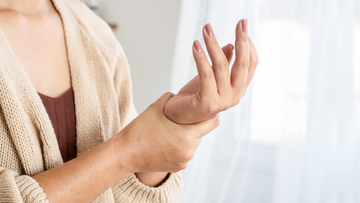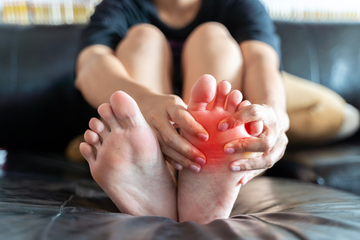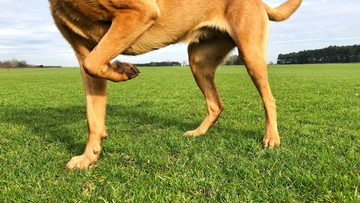Pain changes your perspective on the world. Whether chronic or temporary; stabbing, burning, radiating and dull pain that can make you more hesitant to move outside your bubble of security. You can become withdrawn, your body stuck in survival mode.
Thankfully, nowadays there are plenty of pain relief options available ranging from medicinal to therapeutic. Looking at health holistically and implementing therapeutic measures allows you to make choices based on what will benefit you the most, and the ability to attack pain from multiple angles.
Infrared Light Therapy
 Infrared light therapy is the use of low-level infrared light to increase cellular movement. In the 1990s, the technology was used to grow plants in space and remains a common healing technique in therapeutic medicine.
Infrared light therapy is the use of low-level infrared light to increase cellular movement. In the 1990s, the technology was used to grow plants in space and remains a common healing technique in therapeutic medicine.
According to Healthline, infrared light therapy is thought to work by stimulating cellular mitochondria to strengthen. In case you need a refresher, the mitochondria is the powerhouse of the cell and consequently powers healing and cellular multiplication. With applied infrared light therapy cells are thought to be rejuvenated, and they can repair local damage.
BeneFab Therapeutic Products
Applying infrared and compression mechanisms, BeneFab products are scientifically proven to increase blood circulation and reduce ailments such as joint pain through the fabric technology. BeneFab fabrics contain ceramic particles, which emit infrared wavelengths. Equine produces utilize both therapeutic fabrics and magnets to bring blood closer to acupuncture points, promoting healing and relaxation.
Acupuncture
 If you’re unaccustomed to acupuncture, the sight of the traditional needles used can be unsettling. Originating in traditional Chinese Medicine, acupuncture is the insertion of tiny needles into the skin at points believed to serve as pathways for energy in the body.
If you’re unaccustomed to acupuncture, the sight of the traditional needles used can be unsettling. Originating in traditional Chinese Medicine, acupuncture is the insertion of tiny needles into the skin at points believed to serve as pathways for energy in the body.
According to Mayo Clinic, Western practitioners believe the acupuncture points are places that stimulate your nerves, muscles and connective tissues. Acupuncture needles can be attached to small electrical currents, with the entire goal of stimulating the bodies’ natural healing mechanisms.
Cold and Heat
The use of cold and heat is one of the most basic pain management techniques, and can help with ailments such a tight muscles or arthritis. According to Healthline, a general rule of thumb is ice for small injuries and pain, and heat for muscle pain and stiffness.
Cold Therapy works by reducing blood flow to the applied area, decreasing inflammation. A sprained ankle can benefit from cold therapy because of the reduction in swelling, and ice can temporarily numb the area.
Heating the affected area works by increasing circulation due to the increased temperature. Increased circulation brings more oxygen, and encourages muscles to relax. Heat therapy can be applied locally or to the whole body with something like a hot bath or sauna.
Physical therapy
Physical therapy is undoubtedly a science, and can save patrons from surgery, mobility issues and chronic pain. Common reasons for PT treatment include arthritis, fibromyalgia and nerve damage. Although it’s usually a challenge, the benefits of a physical therapy regime can get many people experiencing pain back on their feet.
Some things a patient may experience while attending physical therapy include massages, muscle and bone manipulation, stretches and exercises focused on strengthening mechanisms such as core strength.
According to Harvard Health, physical therapy can be your biggest ally when it comes to managing pain. The stretches, massages and exercises encourage the body to heal itself by breaking down scar tissue and maintaining flexibility.
Mind-body Techniques
An often-underutilized sector of therapeutic health, mind-body techniques tap into you most powerful resource – your brain. According to Harvard Health, mind-body techniques include meditation, breathing exercises and mindfulness.
Employing these techniques allows you to manage your adrenaline response that is so often a part of pain, letting you make more rational and careful decisions.
To begin taking control of your mental space, employ breathing exercises and physically relax your muscles. Practicing mindfulness and meditation – where you pare down the clutter in your mind and focus on one thing – are two more ways you can participate in changing your mental space for pain management.
Therapeutic healing techniques are powerful and helpful in nearly every corner of medicine. Studying and taking advantage of these drug-free options can get you closer to your goals in health and life.






















